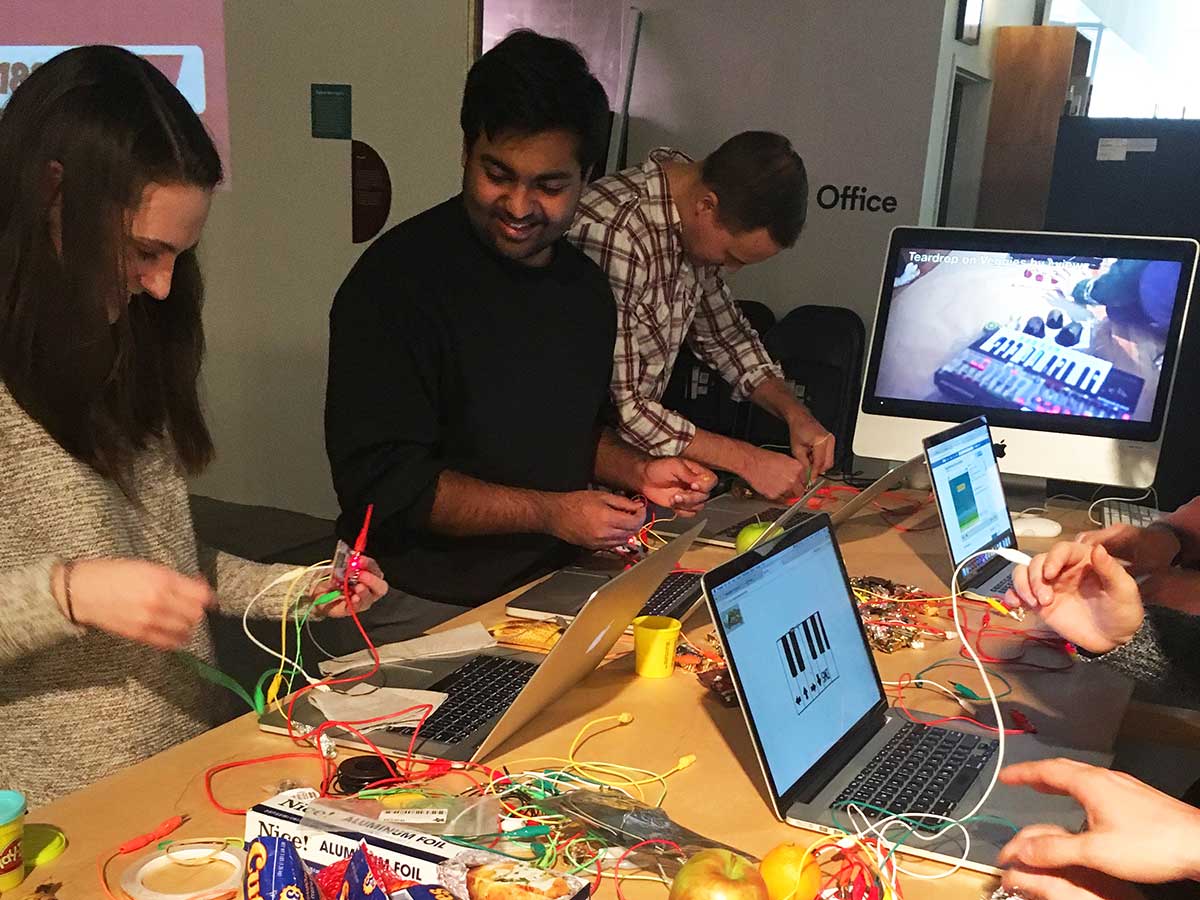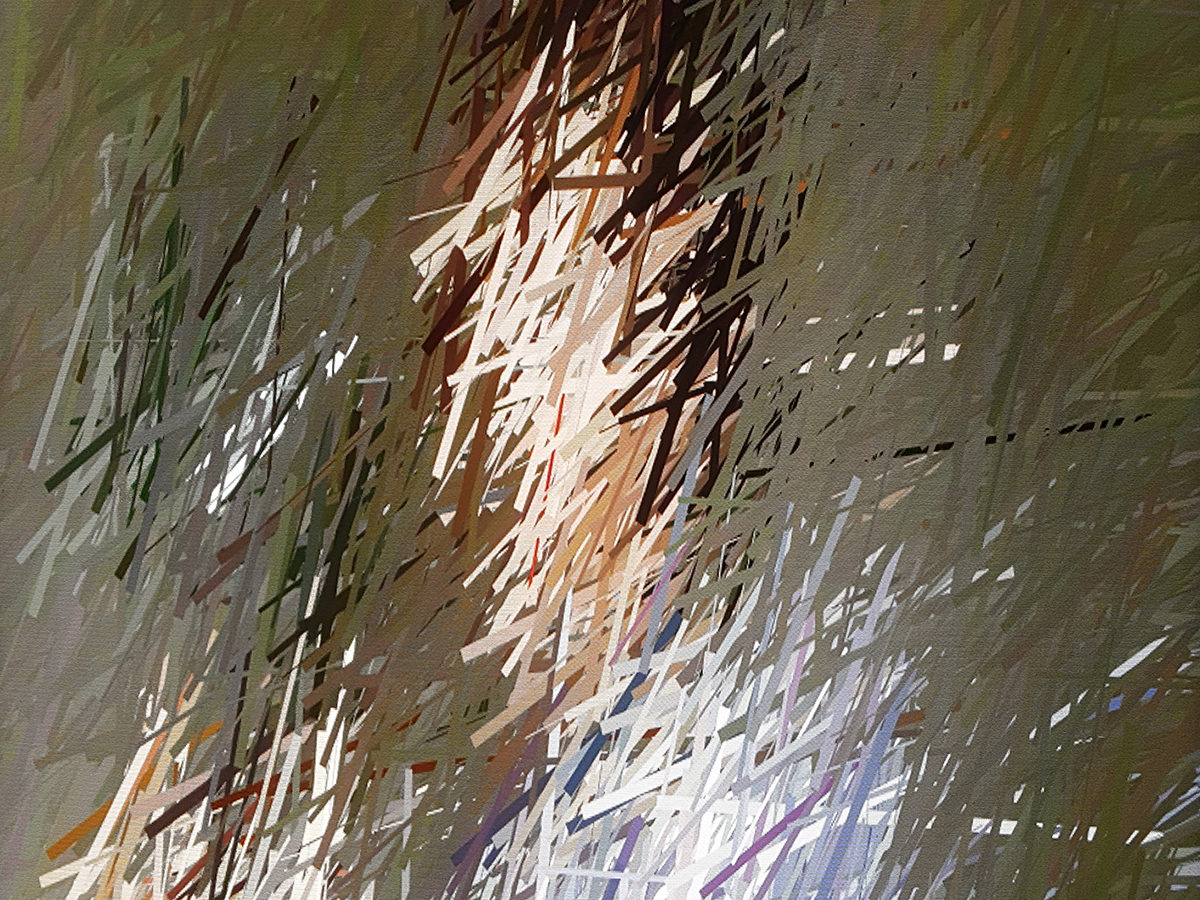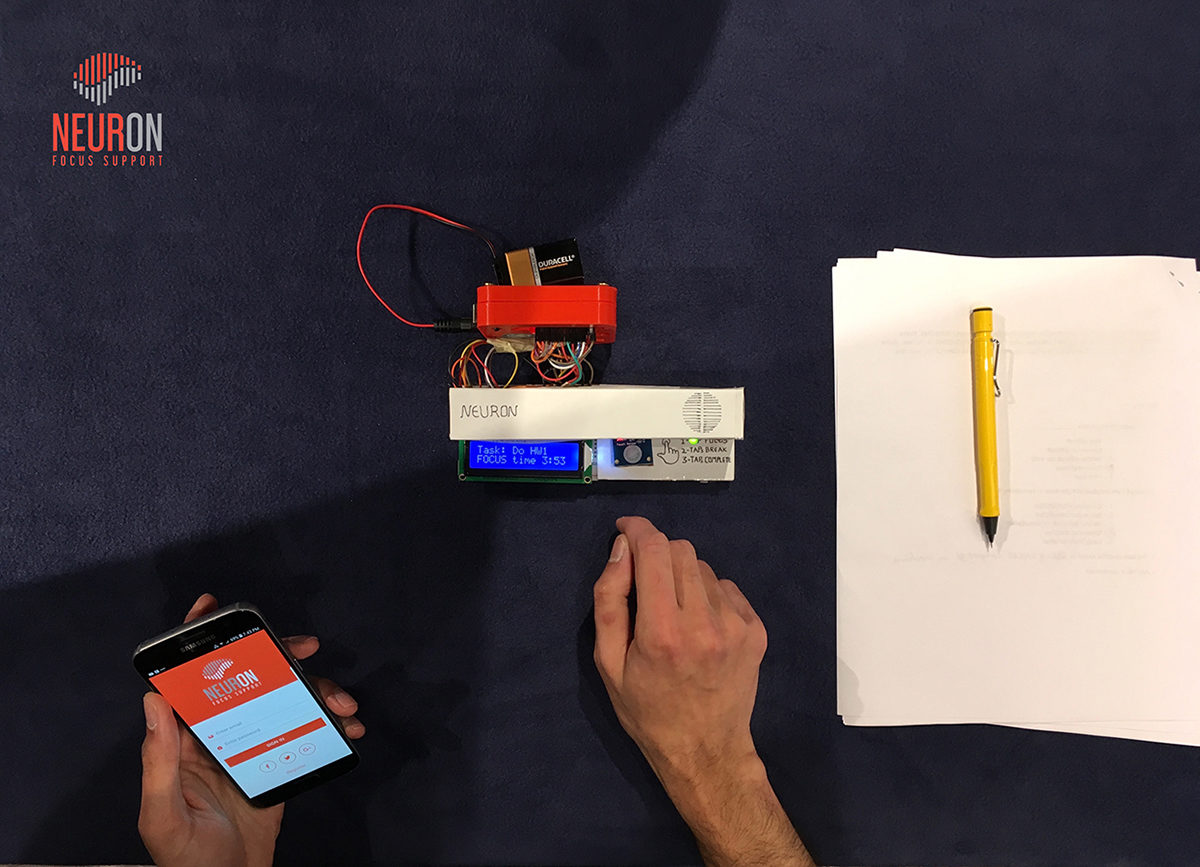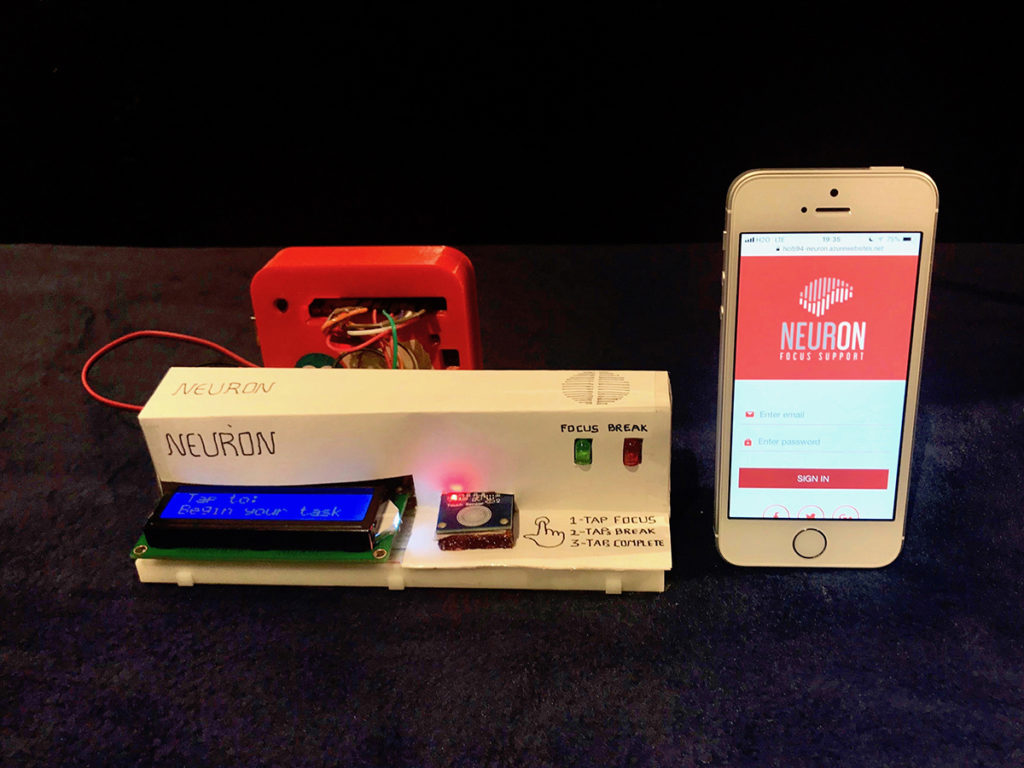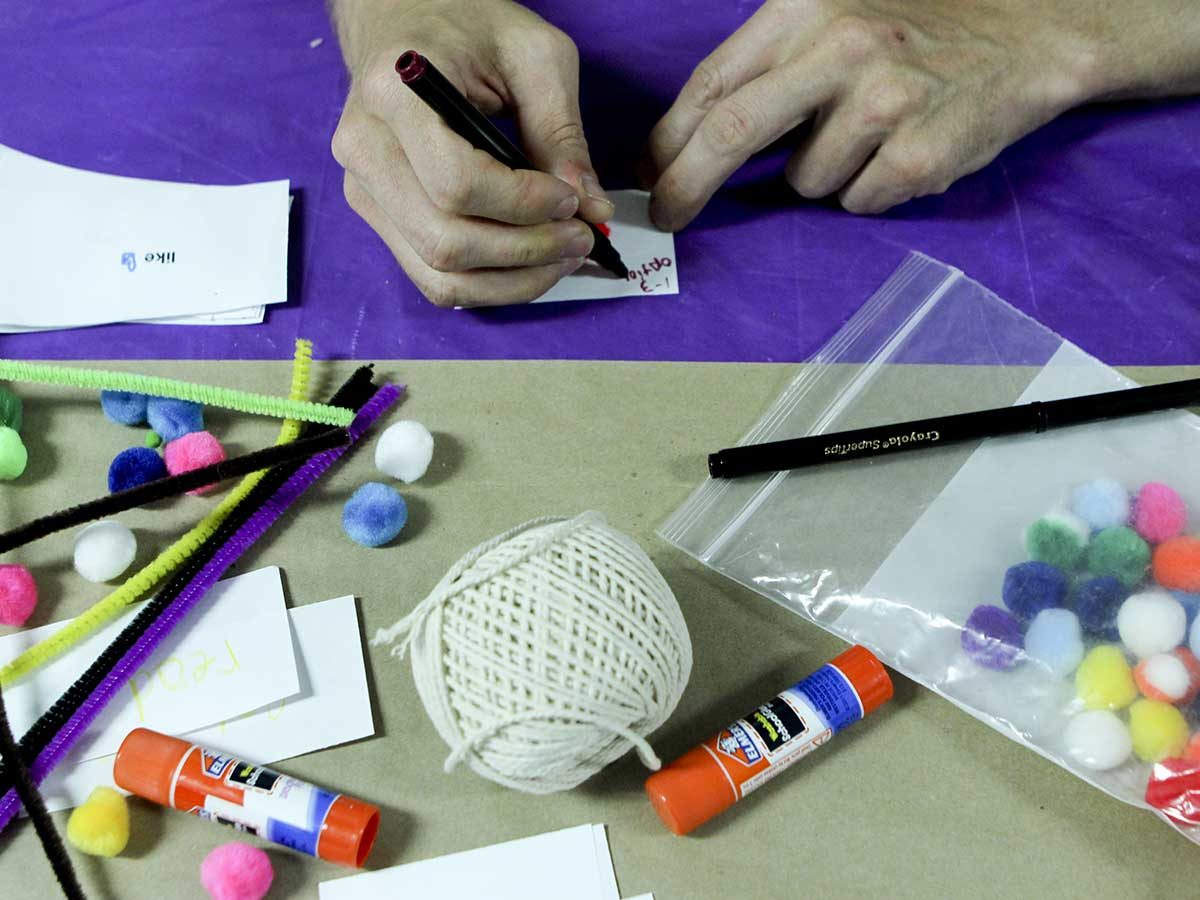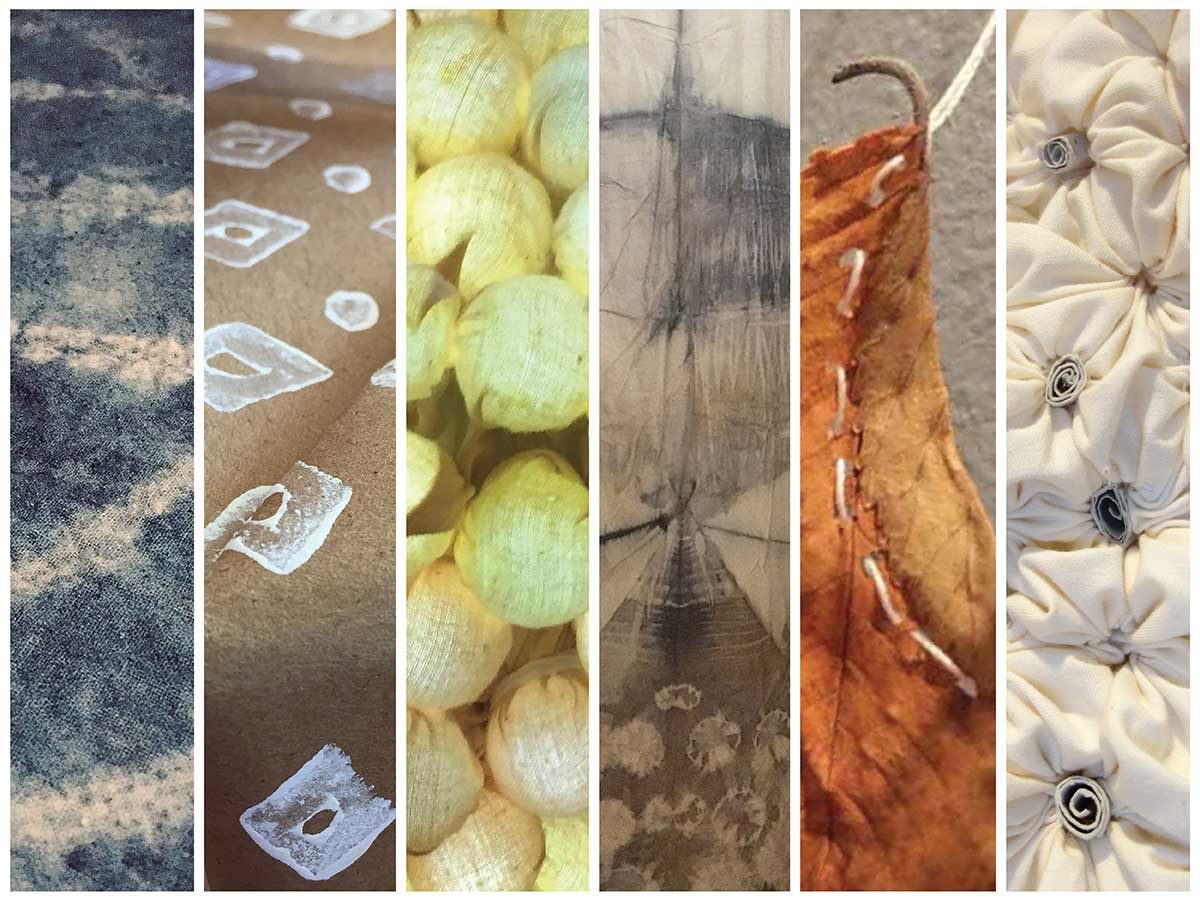Yeohyun Ahn
Assistant Professor
Art Department
UW Madison
Asian women faculty on US campuses may experience the highest levels of isolation, marginalization, exclusion from decision making and networks, and disrespect. This is a multidisciplinary design project to raise awareness of the marginalization of Asian women faculty on US campuses. It includes Asian Women Scholars, and the software, Being Ignored 2.0. Asian Women Scholars was co-founded by Prof. Mary Szto and Prof. Yeohyun Ahn as a social support group consisting of around 40 Asian women faculty in the Midwestern United States, including Indiana, Wisconsin, and Illinois. Asian Women Scholars provides regular workshops and social gatherings to provide mentorship, connection, and networks, as well as, resources such as pedagogical strategies for Asian women faculty to survive and succeed on US campuses.
The software, Being Ignored 2.0, is a self-generative portrait created and developed by Yeohyun Ahn. It references a video library, Mirror, developed by Ben Fry, in Processing, and uses an internal web camera to capture real-time images from viewers.
The artworks from the software, Being Ignored Version 2.0, express the moment being ignored. The computer screen displays real-time images captured through the web camera that is installed invisibly on the top of the computer screen. As viewers move toward the screen, the web camera captures the viewer’s portrait and display it on the computer screen. The computer code eliminates the viewer’s facial expression in order to convey the concept of being avoided and rejected.
It began with an interactive art installation, Being Ignored Ver 1.0, to recognize the dignity and humanity of those who are homeless in Porter County, Indiana. Later it was extended to Being Ignored Ver 2.0 to portrait Asian women faculty on US campuses. The visual style is inspired by Impressionism, which is a 19th-century art movement that captures a moment in time, and Expressionism, such as Edvard Munch’s The Scream, which expresses a psychological theme such as fear. It is a computational graphic art crossing boundaries among photography, painting, computer art, journalism, and visual communication.
For visual references: http://yeoahn.com/designandchange/albums/being-ignored-ver-20
This research was presented at the Design Incubation Colloquium 5.1: DePaul University on October 27, 2018.
Like this:
Like Loading...

